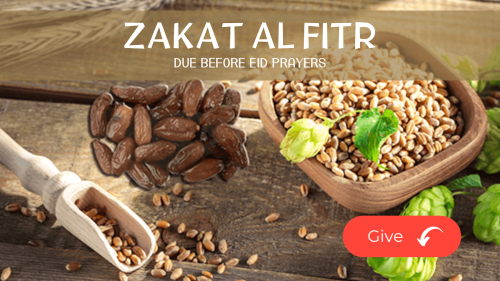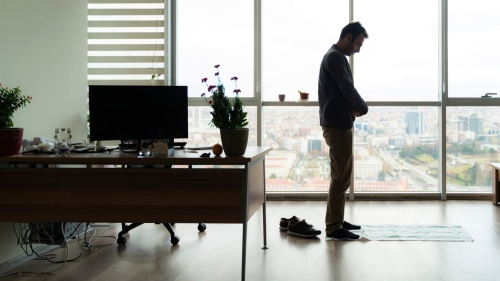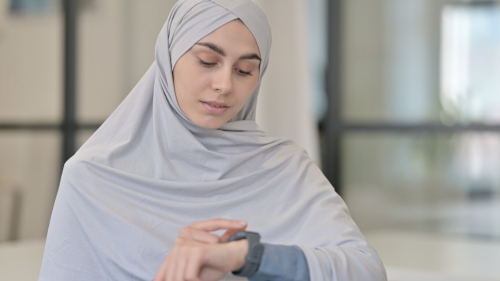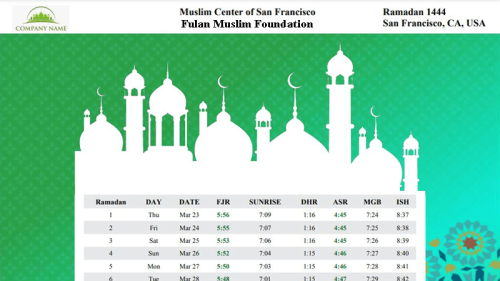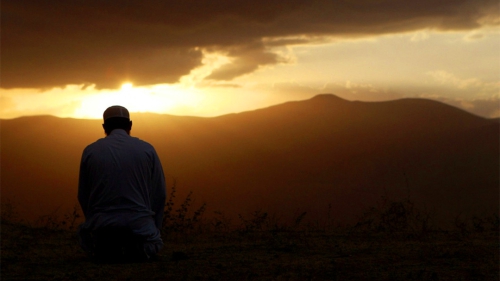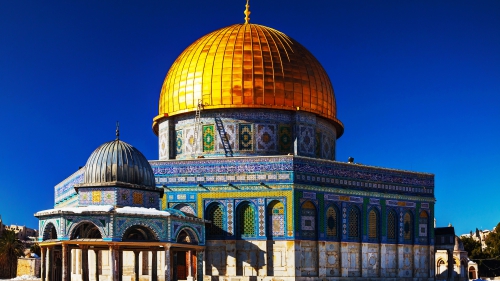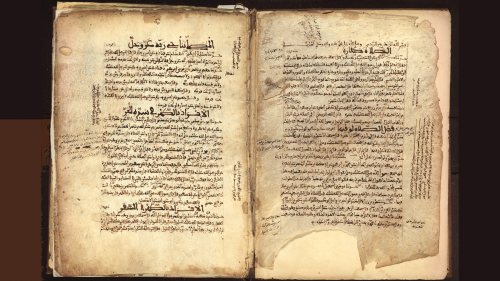Preparation of the deceased and Janazah prayers
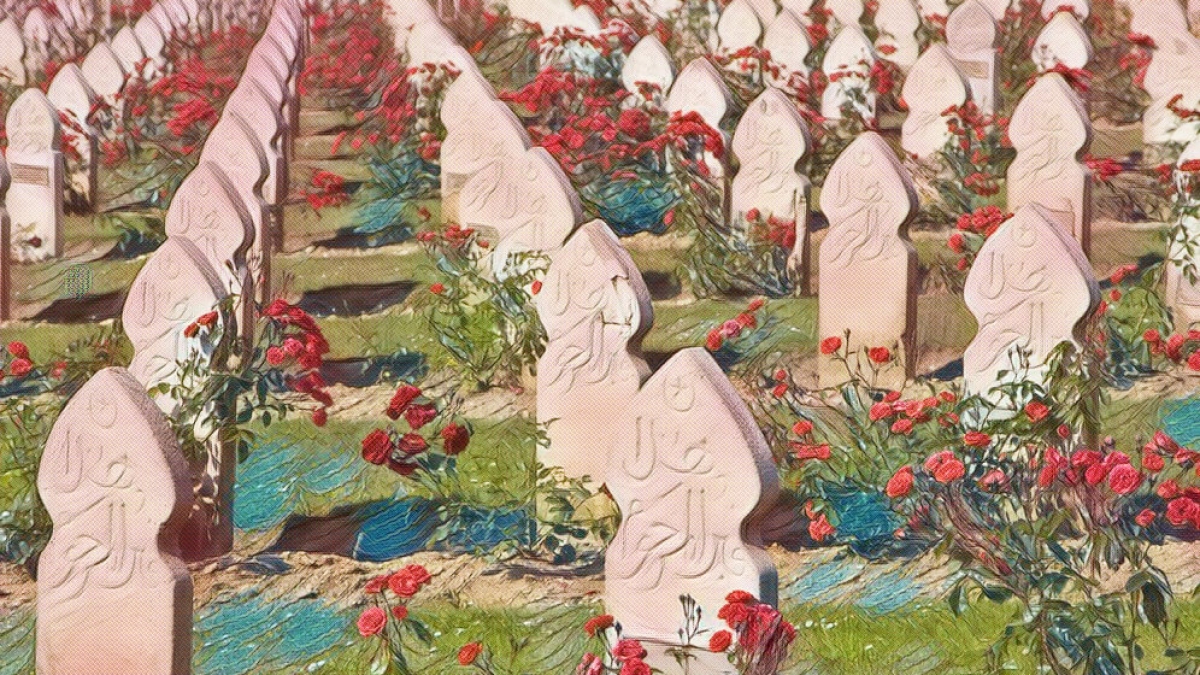
There are five main points for the preparation of a Muslim's body for burial; we present briefly the procedure involved in each of them:
I. Body-Washing or "Ghusl"
Washing the deceased's body is obligatory for Muslims; it is a Fard Kifaya, i.e., if some members take the responsibility of doing it the need is fulfilled, but if no one fulfills it then all Muslims will be accountable.
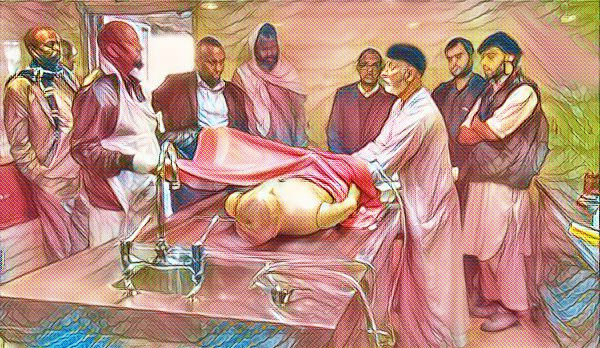
Washing can be carried out in the following way:
1 A man's body should be washed by men and a women's by women, but a child's body may be washed by either sex. A husband can wash his wife's body and vice-versa if the need arises.
2 Only one person is needed for washing, with someone to help and preferably those people who know the deceased.
3 Place the body on a high place, e.g., a table or something similar.
4 Remove the deceased's clothes (garments), leaving the private parts covered.
5 Press the stomach gently and clean whatever comes out.
6 For washing, use a piece of cloth or your hands.
7 Only clean water may be used; add some scented oils (nonalcoholic) in the final wash. It is preferable to use warm water.
8 Perform ablution (wudu) for the body, cleaning the teeth and nose from outside only.
9 Wash three times, but if the body needs more cleaning, continue washing five or seven times, but in it must be odd numbers.
10 Turn the body on its left side and begin washing the right side. Then turn it on its right side to wash the left side. This is done in each wash. The first and the second washes are done with water and soap, while the last one with water and scent.
11 Hair should be un-braided, washed, and combed. For women, it may again be braided in three braids.
12 Dry the body with a clean cloth or towel.
13 Add some perfume on the head, forehead, nose, hands, knees, eyes, armpits, and place perfumed cotton on the front and rear openings.
II. Shrouding (Kafan)
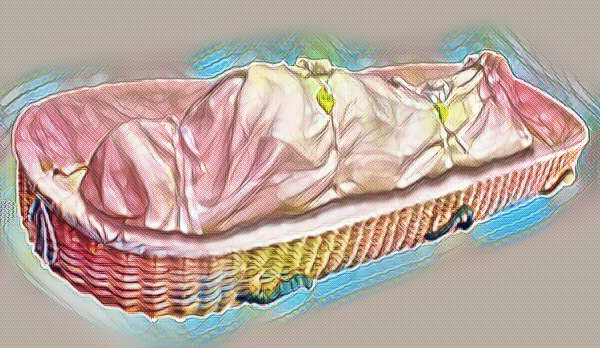
1 The cloth used for wrapping the body must be clean (preferably white) and should cover the whole body.
2 Add some perfume to the kafan (non-alcoholic).
3 Do not use silk cloth for men.
4 Use three pieces of cloth for men and five for women (each piece of cloth must cover the entire body.)
5 Tie the open cloth at the head and feet with a piece of cloth (from the same kafan) in such a way that one can differentiate the head from the legs.
III. Prayers (Salat)
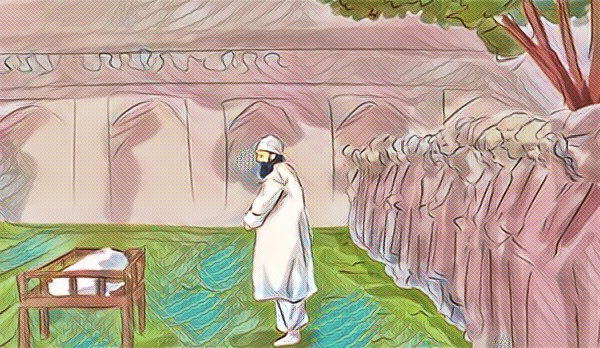
1 It is better that those performing the salatul-janaza (funeral prayers) divide themselves into three rows facing the qibla (The shortest distance to Makkah, Saudi Arabia) with the Imam in front.
2 Put the body (or bodies) in front of the Imam.
3 The Imam should stand at the head of the body if the deceased is a man and middle of the body if she is a woman.
4 If there is more than one body, then they should be put one in front of the other, those of the men nearest to the Imam and those of the women furthest from him.
5 Having the appropriate niyah (intention to perform Burial Prayers) in your heart, raise your hands in the usual manner and say, Allahu Akbar.
6 Then fold and hold your hands on your breast in the usual manner, the right hand on the left.
7 Read al Fatiha quietly.
8 Say Allah Akbar without raising your hands.
9 Pray for the Prophet in the same way as you do in tashahhud.
10 Say Allahu Akbar (do not raise your hands).
11 Make du'a for the deceased.
12 Say Allahu Akbar (do not raise your hands).
13 Make du'a for the Muslims.
14 Say Assalaamu 'Alaikum, thus finishing the prayer. The entire burial prayer is done while one is standing; there are no raks or sujud in it. Du'a for the deceased may be chosen from any of the prophetic du'as.
IV. Funeral
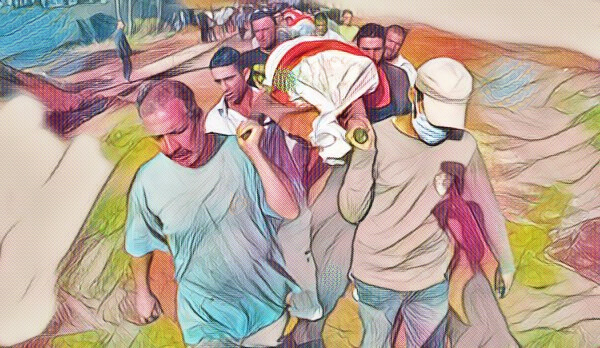
1 In the procession, mourners should walk in front or beside the bier. Those who are riding or driving should follow it.
2 Silence is recommended.
3 It is absolutely forbidden to accompany the body with music or crying.
V. Burial
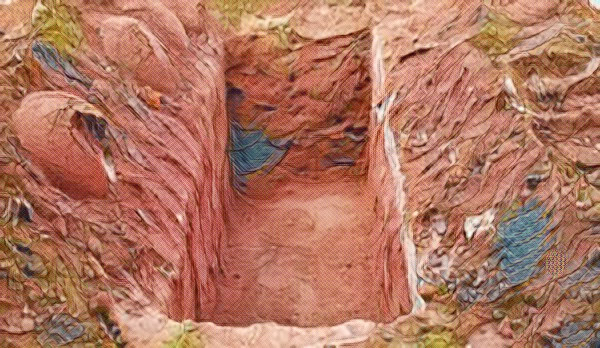
1 The grave should be deep, wide, and well made. It is recommended that it consist of two excavations, one inside the other. It is recommended that the smaller excavation called "lahd" be dug on the side of the larger one facing the qibla.
2 It is in this one that the body is put.
3 The deceased's body should be laid on the ground with the face toward the qibla, the direction of the Ka'aba.
4 While laying the body recite: Bismillah Wa A'la Milla Rasulallah
5 It is not recommended to use a casket unless there is a need for it, e.g. if the soil is very loose or wet. A stone, bricks, or some soil should be put under the deceased's head to raise it up.
6 Do not use a pillow or put anything with the deceased inside the grave.
7 Cover the lahd with bricks so that they become like a roof for it. Pour three handfuls of soil.
8 Fill the larger pit with soil. It is preferable that everyone attending the funeral should take part in this process by pouring three handfuls of soil on the grave. Raise the level of the grave a little less than one foot in a sloping way.
References (all in Arabic):
Al Fiqh'Ala Al Madhahib Al Arab'a, Abdul Rahman Al Jazeeri, 1970, pp. 500-5345.Fiqhul Sunnah, Vol. 4, Sayed Sabiq, 1968, pp. 69-138.Sifat Salatul Nabi, 5th Edition, Mohammad Nasirul Deen, Al Albani, 1389 P. pp. 125.Riyadhul Saliheen, pp. 360-373, Cairo Edition.






